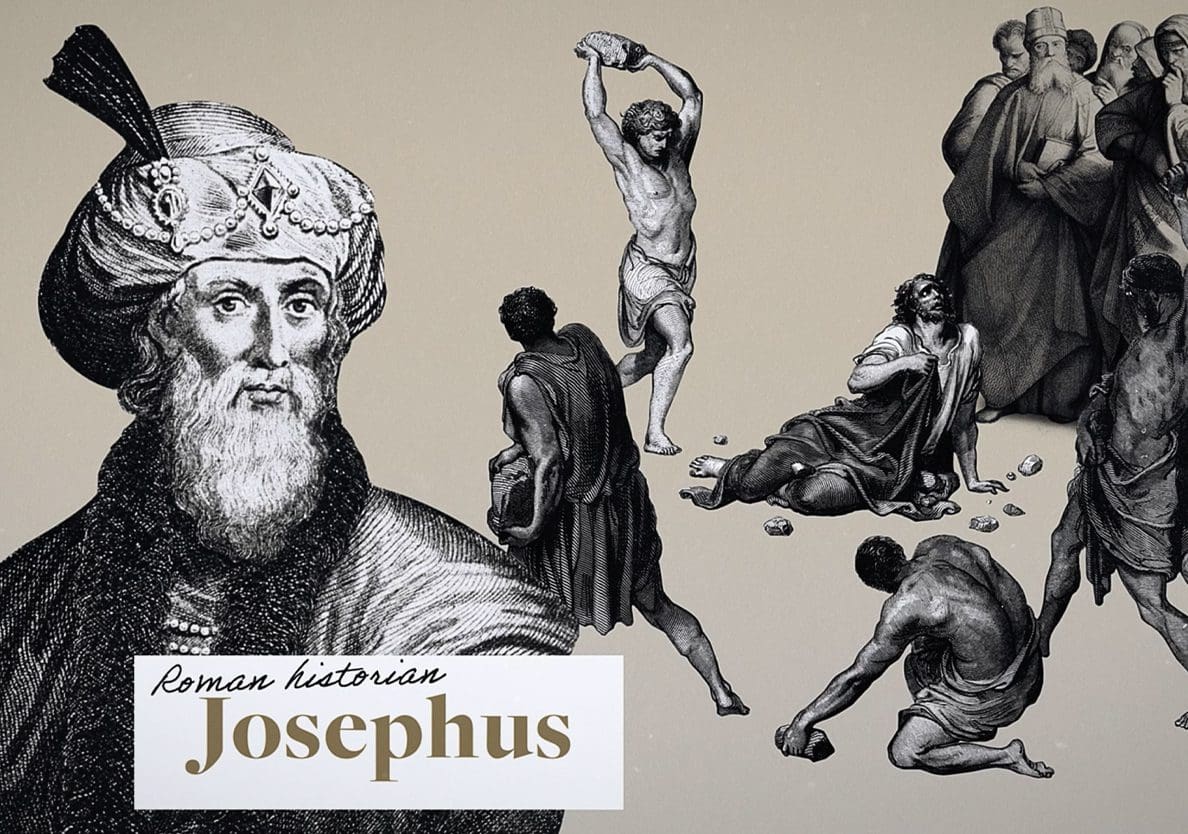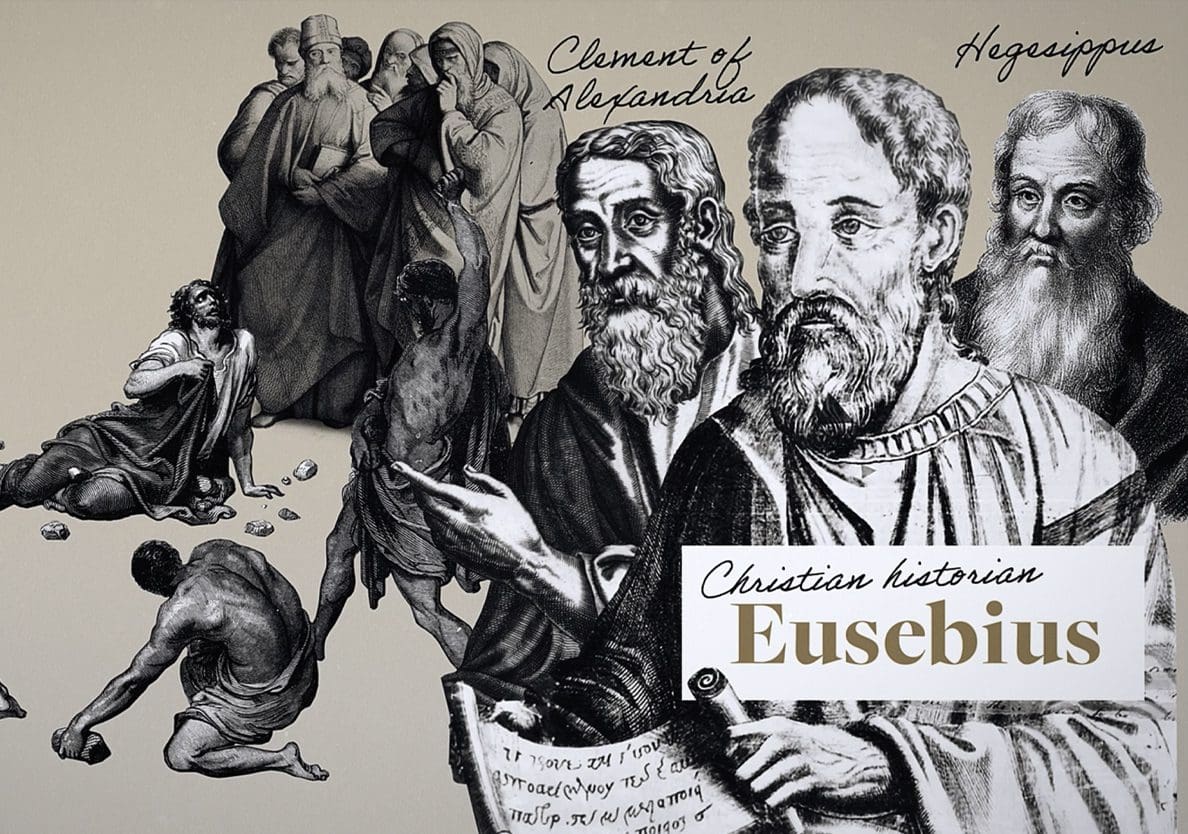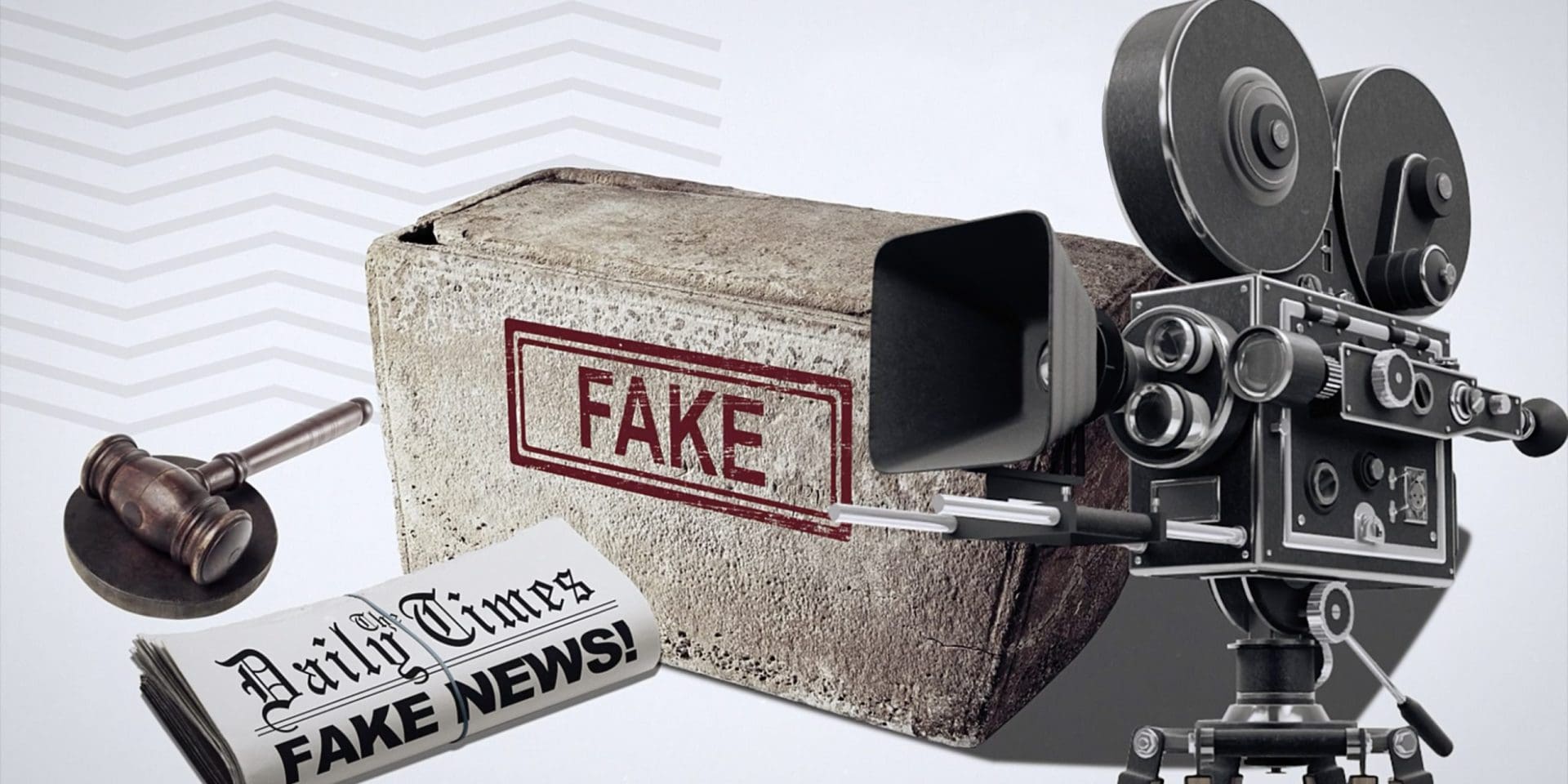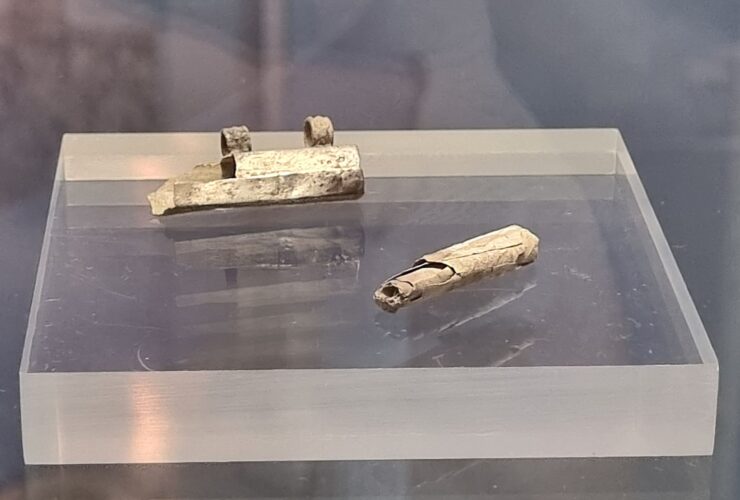James the brother of Jesus is mentioned a few times in the New Testament. First, as a skeptic of Jesus and then as a changed man, believing in Jesus as the Christ and leading the Church of Jerusalem. Church history tells us that James was called the Just due to his faithfulness to God and his care of the people in Jerusalem.
Both non-Christian (Josephus) and Christian sources (Hegesippus, Clement of Alexandria, Eusebius) record that James was killed for his faith on the authority of the Sanhedrin in Jerusalem. Josephus says that he was stoned, and that the people of Jerusalem were not happy about the decision, the Christian sources say he was pushed from the pinnacle of the Temple where he was addressing the crowd, and then stoned when the fall did not kill him.


In the early 2000s, news broke about an interesting ossuary dated to the time of James the Just that had an inscription reading “James, son of Joseph, brother of Jesus”. This erupted the scholarly and popular worlds into a frenzy of forgery claims, news articles, documentaries, and a famous legal trial. But what do we know about the ossuary?
First, the admitted reason that most scholars dislike the ossuary is because it is an unprovenanced artifact. That is, it was not discovered in an official excavation but was looted and sold on the antiquities market. A fate of countless antiquities that, no doubt, hold many clues about the past. The issue for scholars is that if they study and promote unprovenanced artifacts they are inadvertently fueling looting in which priceless information is lost. If there’s a market for unprovenanced artifacts, there will be looters who will supply the market – not good for historical study. However, when an important artifact comes to light, should it be ignored on the basis of its discovery?
There are a few general facts about the James ossuary that are important to know. First, an ossuary was used for secondary burial. A body would be laid out in a tomb and allowed to decompose, then the bones would be gathered, placed in the stone ossuary, and put to the side of the tomb, allowing for further family burials. This practice had a short life in Jerusalem lasting from the 1st century BC to the destruction of Jerusalem by Rome in AD 70.
“Other scholars disagree with them vehemently, but they are admittedly not experts in ancient inscriptions.”
Despite a lengthy legal battle charging the ossuary’s owner with forgery, none of the expert witnesses called at the trial concluded that the inscription was a forgery, resulting in the owner’s acquittal. In fact, two of the world’s leading experts in ancient inscriptions from this time have studied the inscription and declared it to be authentic. Other scholars disagree with them vehemently, but they are admittedly not experts in ancient inscriptions.
Even with an authentic inscription the James Ossuary is only potentially the bone box of James the Just. Statistically it has been concluded that there is at least a 32% probability that there were two James, son of Joseph, brother of Jesus living in Jerusalem at the time, and an 18% probability that there were three. Though, it is unusual for a family member other than the father to be given to a person in death, meaning that there was something special about James’s brother that he wanted to be linked to him in death.

Corie Bobechko is a daily co-host, speaker, and writer of Bible Discovery. She also hosts a YouTube channel that shows how history and archaeology prove the Bible. Her heart for seekers and skeptics has led her to seek truth and share it with others. Corie also has a Bachelor of Theology from Canada Christian College.
• Ben Witherington III, Bringing James Out of the Shadows: Jesus’ brother led Jerusalem church. Biblical Archaeology Society, Bible Review 19:3, June 2003.
https://www.baslibrary.org/bible-review/19/3/2
• André Lemaire, Burial Box of James the Brother of Jesus: Earliest archaeological evidence of Jesus found in Jerusalem. Biblical Archaeology Society, Biblical Archaeology Review 28:6, November/December 2002.
https://www.baslibrary.org/biblical-archaeology-review/28/6/1
• Hershel Shanks, Lying Scholars? Rumor, Gossip and Misinformation Swirl around the James Ossuary Inscription. Biblical Archaeology Society, Biblical Archaeology Review 30:3, May/June 2004.
https://www.baslibrary.org/biblical-archaeology-review/30/3/1
• Hershel Shanks, “Brother of Jesus” Inscription Is Authentic! Biblical Archaeology Society, Biblical Archaeology Review 38:4, July/August 2012.
https://www.baslibrary.org/biblical-archaeology-review/38/4/2
• Hershel Shanks, Predilections—Is the “Brother of Jesus” Inscription a Forgery? Biblical Archaeology Society, Biblical Archaeology Review 41:5, September/October 2015
https://www.baslibrary.org/biblical-archaeology-review/41/5/6






